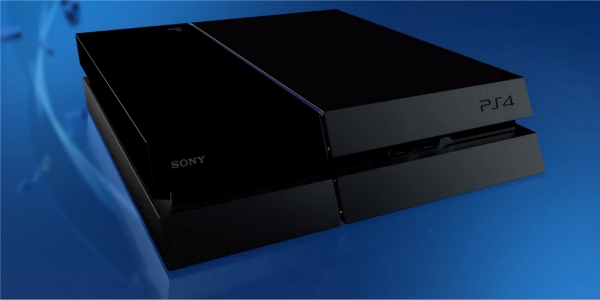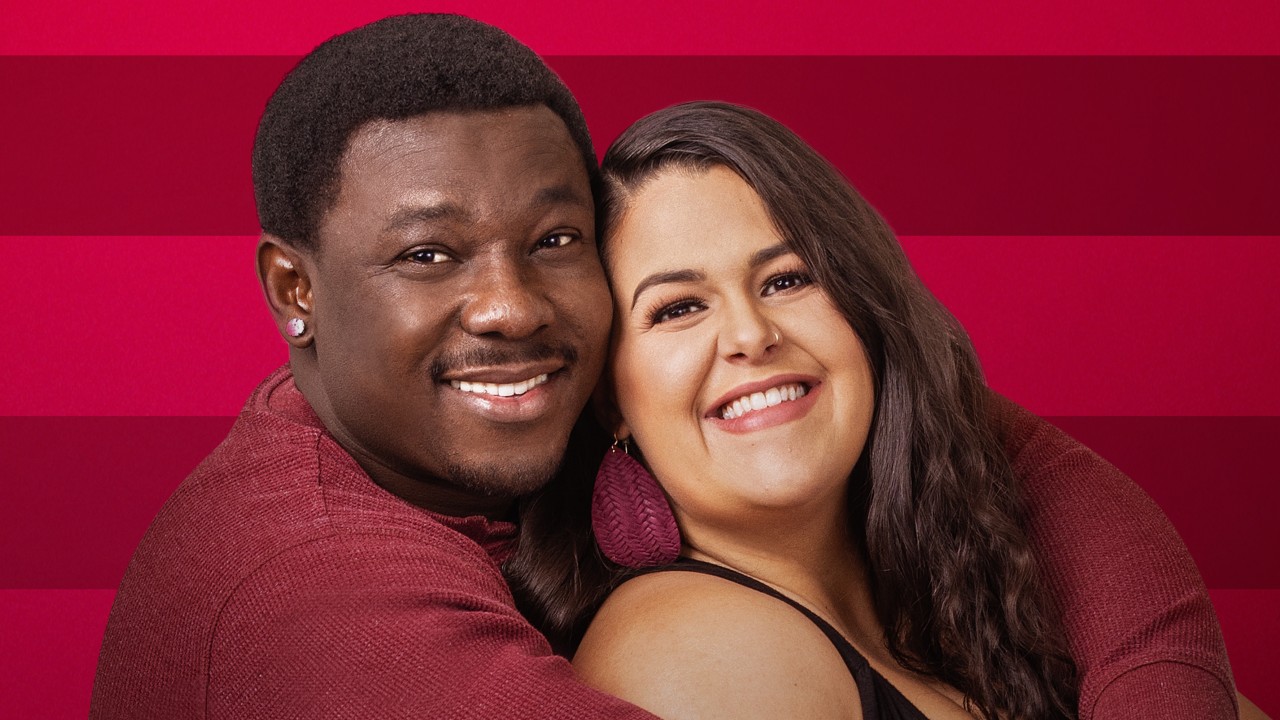PS4 Is More Accessible For Disabled Gamers Than PS3

When buying a video game system, sometimes the one thing you don't notice is whether or not it's designed for those with physical disabilities. Well DAGERS, or Disabled Accessibility for Gaming Entertainment Rating System, measures and tests games and hardware for accessibility. The latest piece of tech to get the review treatment from DAGERS is Sony's PS4, and it scored better better than its predecessor mostly due to a revamped UI, tighter controls and a more streamlined operating system.
The DAGER System review for the PlayStation 4 is live... and it covers the systems basic functionality, as well as its accessibility for those with visual, hearing or fine motor skill disabilities.
Much like the DAGER review of the Wii U, the PlayStation 4 scores high points for its OS GUI and menu navigation system. This ensures that users are able to quickly and efficiently move about the dashboard without getting bogged down in optimized ad screens or unnecessary visual tabs.
As noted in the review, getting around with the PlayStation 4 is easy and both visually and audibly compliant toward disabled gamers. What's more is that the voice-optional menus, available with the PS Camera, provide a nice alternative for those with fine motor disabilities, but it isn't necessary for any of the basic operational functions of the PS4.
As far as the controller goes... the DualShock 4 doesn't quite receive the same amount of praise as the Wii U's GamePad, but it does receive points for cutting down on the “travel time” between some of the buttons, especially the twin analog sticks. In the same vein, however, reviewer Josh Straub also mentions that the close-knit button layout could also work against those may have impairments that prevent them from making precision-based movements to access the buttons, and that having the buttons so close can result in mistakenly pressing the wrong thing at times.
Nevertheless, the PlayStation 4 scored fairly high marks in the DAGER System review and had very little drawbacks for those with physical impairments or disabilities.
The final console in the eighth generation of home console entertainment that still needs to be reviewed for its accessibility is the Xbox One. As far as predicting what kind of review it will receive seems to be completely up in the air. It's a matter of questioning whether Kinect will work in the favor of the Xbox One or against it? It's also a matter of questioning if the non-customizable color scheme will work for or against those with visual impairments and whether or not the mosaic tab-tiles will work as a favorable aspect or a negative aspect.
CINEMABLEND NEWSLETTER
Your Daily Blend of Entertainment News
So far, it looks like both Sony and Nintendo have been careful to consider more than just the mainstream audience and have done a fair bit to ensure that as many gamers as possible are able to enjoy and play on their systems with as little inhibitory barriers as possible.
All three consoles are currently available in various regions, and you can grab the Wii U in a bundle pack for $299, the PS4 for $399 and the Xbox One for $499.
Staff Writer at CinemaBlend.
I Did Not Expect Kelsea Ballerini To Replace Blake Shelton As Adam Levine’s Rival On The Voice, But The Maroon 5 Singer Knew It ‘Instantly’
NCIS: Origins Dropped Some Major Bombshells For Its Sandman Story, And Now The Season 1 Villain Is A Lot More Frightening
90 Day Diaries Dropped Some Massive Kobe And Emily Updates, And I'm So Happy For Them










